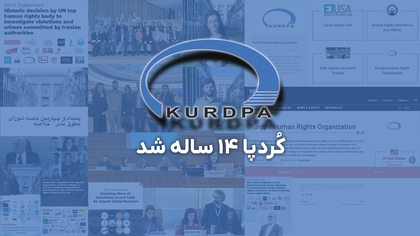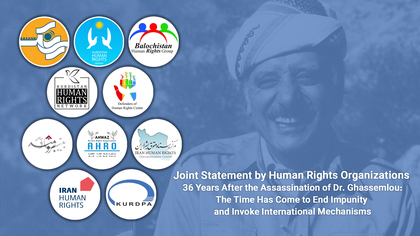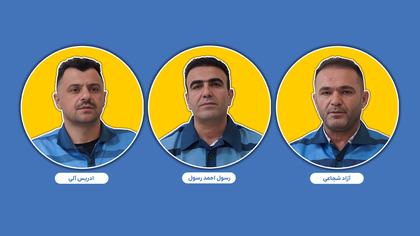Abortion Frequent in Tehran
16:26 - 25 October 2011

Kurdpa - According to a study by Amir Erfani, entitled “Induced Abortion in Tehran, Iran: Estimated Rates and Correlates,” many women in Tehran obtain abortions, despite Iran’s highly restrictive abortion laws.
This report says that approximately “one in six married women of reproductive age in Tehran will have an abortion in their lifetime” or 9 percent of pregnancies, women undergo an abortion.
Due to Iran’s restrictive laws governing abortion, most of the abortions are performed in secret and are highly unsafe. Erfani notes that unlike most other countries, where women are more likely to seek an abortion in their 20s, women in Tehran more commonly obtain abortions in their 30s. Moreover, the highest rate was among married women who had higher levels of education and higher incomes. The women most frequently cited their desire to control the number of children and spacing of their births, as well as socioeconomic factors, as their reasons for seeking an abortion.
The study, published in International Perspectives on Sexual and Reproductive Health, is the first to document abortion statistics in Tehran. Erfani indicates that the actual rate of abortion in Tehran is probably much higher, due to underreporting, and advocates for improved reproductive health services in Iran to reduce the rate of unsafe abortions and maternal mortality.
This report says that approximately “one in six married women of reproductive age in Tehran will have an abortion in their lifetime” or 9 percent of pregnancies, women undergo an abortion.
Due to Iran’s restrictive laws governing abortion, most of the abortions are performed in secret and are highly unsafe. Erfani notes that unlike most other countries, where women are more likely to seek an abortion in their 20s, women in Tehran more commonly obtain abortions in their 30s. Moreover, the highest rate was among married women who had higher levels of education and higher incomes. The women most frequently cited their desire to control the number of children and spacing of their births, as well as socioeconomic factors, as their reasons for seeking an abortion.
The study, published in International Perspectives on Sexual and Reproductive Health, is the first to document abortion statistics in Tehran. Erfani indicates that the actual rate of abortion in Tehran is probably much higher, due to underreporting, and advocates for improved reproductive health services in Iran to reduce the rate of unsafe abortions and maternal mortality.



